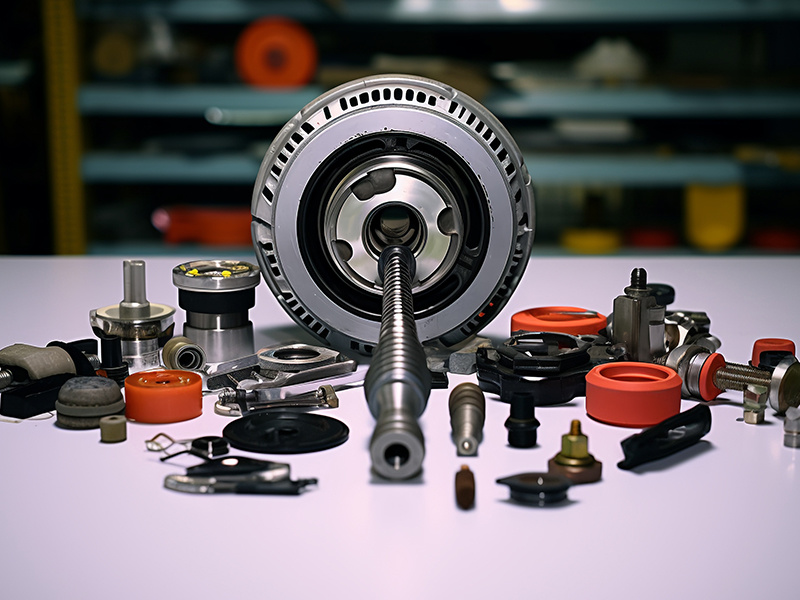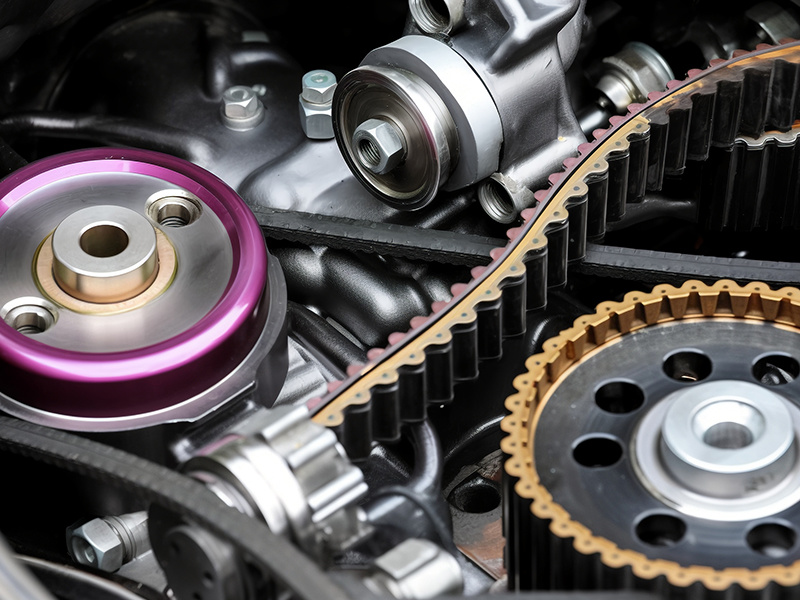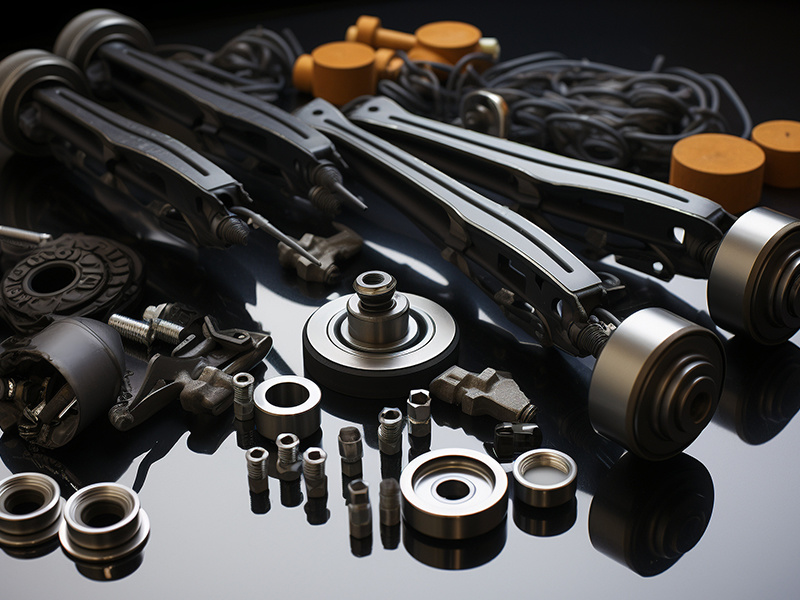Components of automobile exhaust system
Automobile exhaust system generally consists of exhaust manifold, exhaust pipe, catalytic converter (catalytic converter), exhaust temperature sensor, muffler and exhaust tail pipe.
Exhaust manifold: It is connected to the engine cylinder block and is responsible for collecting the exhaust gas discharged from each cylinder and converging it into the exhaust manifold.
Exhaust pipe: used to transmit exhaust gas. The chassis layout, the flow of exhaust gas and the prevention of interference between adjacent cylinders when exhausting should be considered in the design. The exhaust pipe can also make the entire exhaust system flexibly connected, which can reduce vibration and noise and extend the service life of the exhaust system.
Catalytic converter: a key component that uses catalysts to purify exhaust gas, convert harmful substances in exhaust gas into harmless substances, and protect the environment. A three-way catalytic converter is common.
Exhaust temperature sensor: monitors the exhaust temperature and provides data for the vehicle's control system.
Muffler: Effectively reduce the exhaust noise and make the vehicle quieter. The cross section of the muffler is mostly circular or elliptical, and there are a series of partitions, chambers, hole tubes and pipes inside. The sound wave reflection is used to interfere with each other and cancel each other, so that the sound energy is gradually weakened.
Exhaust tail pipe: the last channel for exhaust gas to exit the car. There are two types of tail pipes: single exhaust and double exhaust. Generally, V-type engines or large-displacement engines use double exhaust, and small-displacement vehicles use single exhaust.
TAG:
Related Posts










